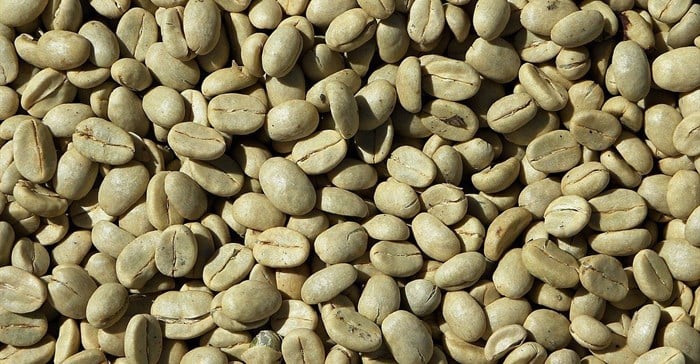Global coffee market enjoys ongoing growth despite pandemic

Home coffee consumption surged, thereby helping to offset the slump in sales following the closure of the HoReCa segment. Average coffee prices remained growing gradually through to Q1 2021.
The report, World - Coffee (Green) - Market Analysis, Forecast, Size, Trends and Insights shows that favourable weather conditions in 2020 enabled coffee bean crop figures to remain high.
Key trends and insights
Based on the USDA and International Coffee Organization (ICO) data, global coffee production increased by +3.3% over the last year, reaching 10.5 million tonnes.
According to ICO, Robusta coffee bean production fell by -2.8% year-on-year, while Arabica coffee bean output increased by +13.6%, amounting to 6.3 million tonnes and 4.2 million tonnes, respectively. Production slowed in Africa (-0.9% year-on-year) and Mexico and Central America (-0.1%), but South America indicated significant growth (+13.9% year-on-year).
Global coffee exports increased by 2.4% against the previous year, reaching 7.6 billion tonnes. Brazil, recording a 2.5 million tonne shipments volume, continues to lead in terms of exports.
Coffee prices, monitored by ICO's Monthly Price Index, averaged 120.36 US cents/lb in March 2021, against 119.35 US cents/lb in February of this year. In 2020, average coffee prices fluctuated between 99.05-116.25 US cents/lb. Over the pandemic, coffee prices grew gradually, and this trend persisted in Q1 2021.
In the medium term to 2030, market growth is forecast to continue, bringing the market volume to approx. 12.4 million tonnes, due to rising population and an increase in disposable income. Should the pandemic wane in 2021, and HoReCa and tourism restrictions be removed, it would promote market growth.
Green coffee production, export markets
Global green coffee production amounted to 10m tonnes in 2019, reducing by -4% in 2018. In general, production, however, saw a slight expansion. In value terms, green coffee production declined to $25.6bn in 2019 estimated at export prices.
The countries with the highest volumes of green coffee production in 2019 were Brazil (3m tonnes), Vietnam (1.7m tonnes) and Colombia (885k tonnes), together accounting for 55% of global production.
From 2012 to 2019, the most notable rate of growth in terms of green coffee production, amongst the key producing countries, was attained by Colombia, while green coffee production for the other global leaders experienced more modest paces of growth.
In 2019, Brazil (2.2m tonnes), distantly followed by Viet Nam (1,388k tonnes), Colombia (681k tonnes) and Honduras (360k tonnes) were the major exporters of coffee (green), together committing 63% of total exports.
The following exporters - Indonesia (318k tonnes), Ethiopia (237k tonnes), India (233k tonnes), Belgium (231k tonnes), Peru (222k tonnes), Germany (213k tonnes), Uganda (203k tonnes), Guatemala (191k tonnes) and Nicaragua (159k tonnes) - together made up 27% of total exports.
From 2012 to 2019, the biggest increases were in Colombia, while shipments for the other global leaders experienced more modest paces of growth.
In value terms, Brazil ($4.6bn), Colombia ($2.5bn) and Viet Nam ($2.1bn) were the countries with the highest levels of exports in 2019, with a combined 51% share of global exports.
Among the main exporting countries, Colombia saw the highest growth rate of the value of exports, over the period under review, while shipments for the other global leaders experienced a decline in the exports figures.






